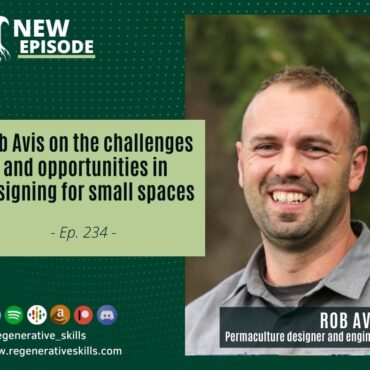
Rob Avis on the challenges and opportunities in designing for small spaces
Check out New Society Publisher’s sustainability practices for digital reading Welcome to the very first episode of Season 6 of this show. This podcast has undergone a lot of changes […]

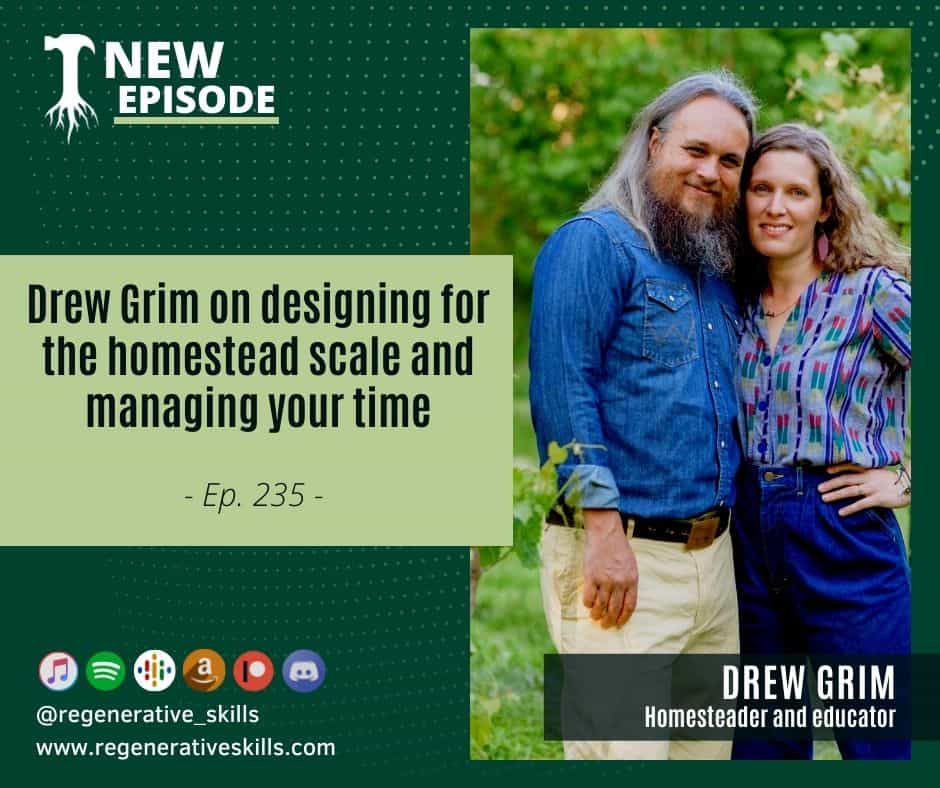
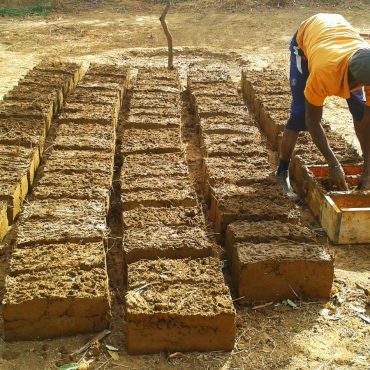
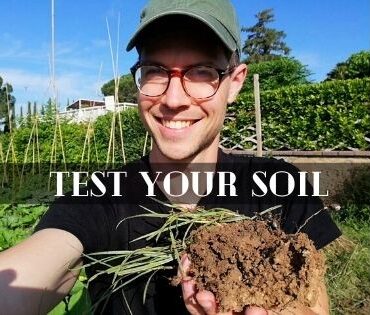
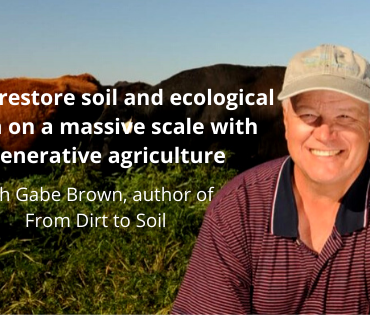
Post comments
This post currently has no comments.